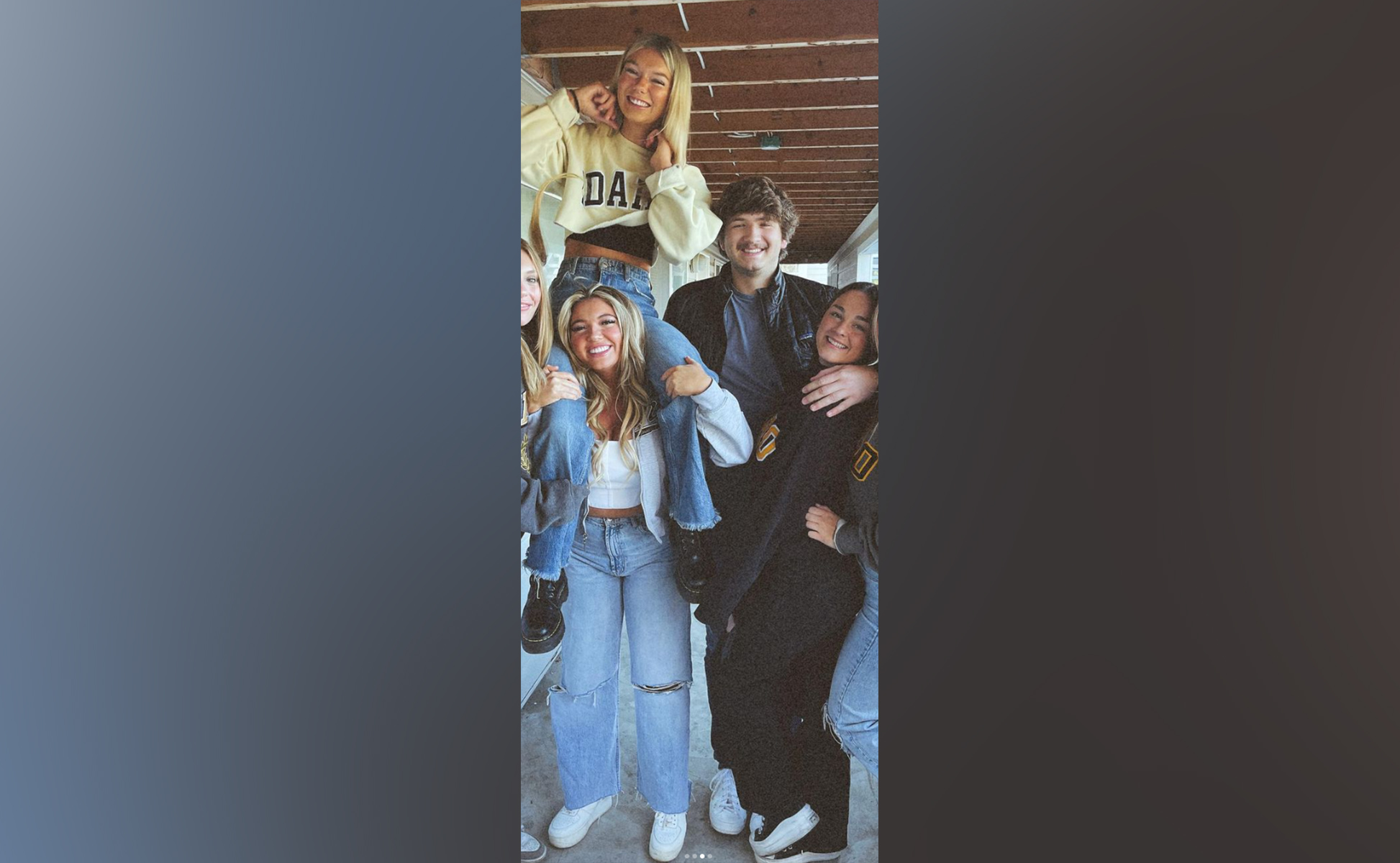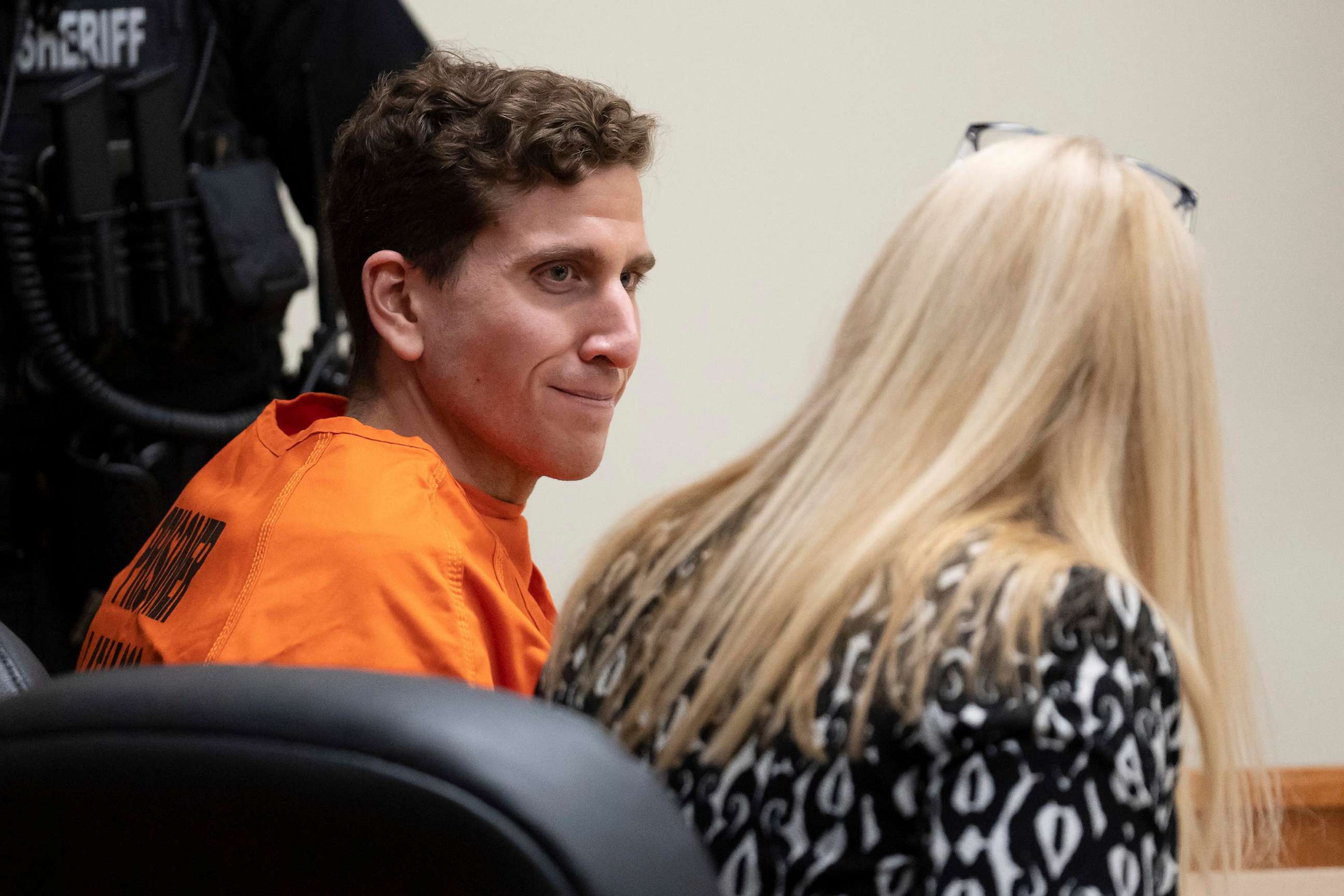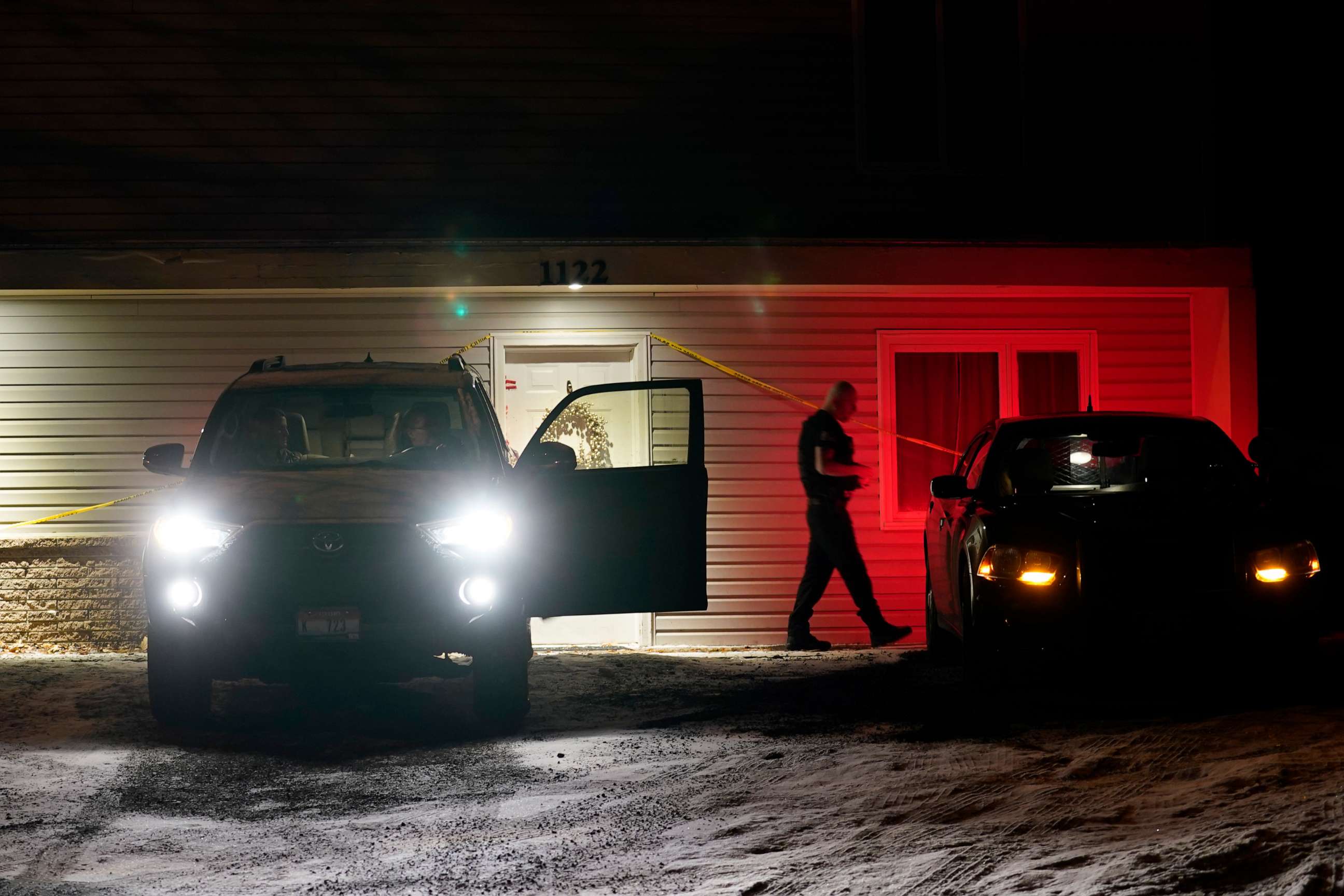Questions that remain unanswered in the Idaho killings after suspect charged
Police have said they don't have a motive.
As more details emerge in the fatal stabbings of four University of Idaho students, questions remain about the mysterious slayings.
More than six weeks after the four students were found dead in an off-campus house in Moscow, a suspect was arrested and charged with their murders. Unsealed court documents shed more light on the investigation and what detectives learned in the weeks and hours leading up to the crime.
Here are a few key questions as the case continues.
What's the motive?

The four students -- Ethan Chapin, 20; Madison Mogen, 21; Xana Kernodle, 20, and Kaylee Goncalves, 21 -- were found dead at the girls' off-campus home on Nov. 13. All had been stabbed.
On Dec. 30, police arrested a suspect in connection with their murders in Pennsylvania's Pocono Mountains -- Bryan Kohberger, a 28-year-old criminology Ph.D. student at Washington State University, located less than 10 miles away from the University of Idaho.
Police did not disclose a motive upon his arrest. Moscow Police Chief James Fry told ABC News a day after the arrest that police have no motive yet. The chief said police have evidence this was a targeted attack but cannot share more details at this time. Kohberger is believed to be the only suspect in the case, Fry said.

Due to a gag order issued earlier this week by a Latah County judge, law enforcement personnel are barred from making statements about the case other than a quotation from or reference to the public records of the case.
It is unclear if any of the victims knew the suspect. Police officers say they were able to trace Kohberger's phone in the vicinity of the victims' house at least 12 times before the murders, at least as far back as August, but his phone location was not detected when the murders unfolded, possibly because it was turned off or on airplane mode, according to an affidavit.
A surviving roommate who told police she saw a man in black clothes and a mask walking past her in her house on the night of the killings did not say she recognized the man, according to the affidavit.
Goncalves' family told ABC News following the arrest that they don't know Kohberger but are seeing connections between the two that they say they aren't ready to discuss yet.
Where's the murder weapon?
The murder weapon -- which police believe was a fixed-blade knife -- is still missing.
DNA from the suspect was recovered on a tan leather knife sheath left on Mogen's bed, according to the affidavit.
On Dec. 27, police recovered trash from Kohberger's parents' house in Pennsylvania, and a lab then determined that the DNA from the trash very likely belonged to the father of the person who left DNA on the knife sheath, the affidavit said.
How did the suspect get into the house?
Kohberger has been charged with burglary, in addition to the murder counts, for "unlawfully" entering the residence "with the intent to commit the felony crime of murder," according to the complaint.
Idaho State Police spokesman Aaron Snell told ABC News last month that police don't believe there was "any appearance of forced entering into the home."

The surviving roommate who saw the masked individual in the house that night told police she saw him walk toward the house's sliding glass door before she locked herself in her bedroom, according to the affidavit.
"This leads investigators to believe that the murderer left the scene," the affidavit stated.
Why were two roommates spared?
Five female students -- the three victims and two survivors -- lived at the house, while Chapin, who was dating Kernodle, was visiting, police said. A sixth person listed on the residence's lease had moved out prior to the start of the school year and was not present at the time of the incident, police have said.
Police had said the four victims were found on the second and third floors of the home, while the two surviving roommates' bedrooms were on the first floor. However, the affidavit stated that the bedroom of the roommate who witnessed the masked individual in the home was on the second floor.
That roommate described the man to police as 5-foot-10 or taller, and "not very muscular, but athletically built with bushy eyebrows," according to the affidavit.
The roommate told police she woke up around 4 a.m. to what sounded like Goncalves, whose room was on the third floor, playing with her dog, according to the affidavit. She looked out her bedroom after hearing who she thought was Goncalves say something to the effect of "there's someone here," and then opened her door again after hearing what sounded like crying coming from Kernodle's room, which was on the second floor, according to the affidavit. She then "heard a male voice say something to the effect of 'it's ok, I'm going to help you,'" according to the affidavit.
She opened her door a third time after she heard crying and saw the masked man walk past her, according to the affidavit.
It is unclear what evidence police have leading them to believe this was a targeted attack, and whether a specific person or the house was targeted.
Why was there a gap between the murders and 911 call?
Police believe the murders unfolded between 4 a.m. and 4:25 am. on Nov. 13, according to the affidavit.
When the roommate saw the masked man walk past her, she told police she stood in a "frozen shock phase," then locked the door to her room, according to the affidavit. The affidavit does not include any additional statements from the roommate past that point, nor any statements from the second surviving roommate on this timeframe.
What happened in the intervening hours is unclear. Later that morning, the two surviving roommates called friends over to their house because they thought one of the victims on the second floor had passed out and wasn't waking up, police have said. It wasn't until 11:58 a.m. that a 911 call from one of the roommate's phones requested help for an unconscious person, police said.
ABC News' Emily Shapiro contributed to this report.




